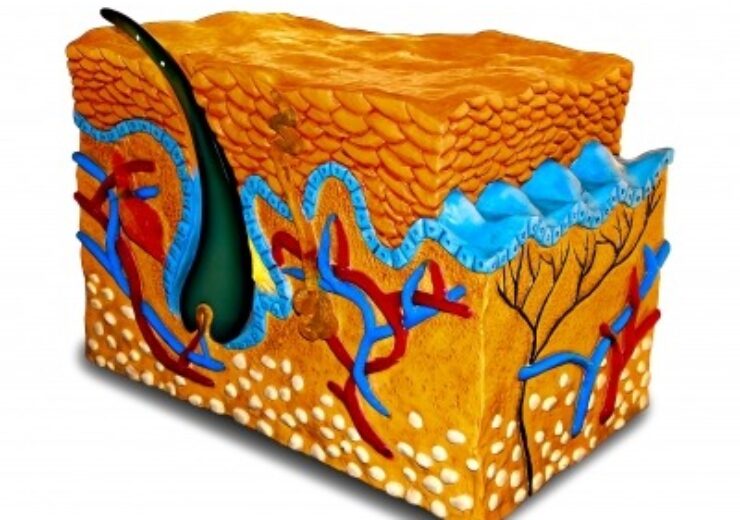Research from LEO Innovation Lab and VisualDx points to decision support technology as key for bolstering patient experience and diagnosis in skin conditions

LEO Innovation Lab, VisualDx study shows tools supporting diagnostic accuracy. (Credit: FreeDigitalPhotos.net/cbenjasuwan.)
A recent feasibility study conducted in collaboration between LEO Innovation Lab, VisualDx, and the German Association of Dermatological Prevention found, for the first time, a 34% increase in diagnostic accuracy by general practitioners (GPs) who use technology to assist in patient diagnosis in skin conditions, while at the same time improving patient satisfaction.
If widely adopted across the healthcare industry, clinical decision support tools may empower GPs to improve their capabilities and accuracy within dermatology. The support technology could arguably free up time for dermatologists to focus on more severe cases. Not only does diagnostic accuracy increase substantially with the use of digital tools to support diagnosing, but patients are also more satisfied with the consultations when GPs actively use such a tool.
This is the first time research has indicated that GPs who make use of a digital support tool for differential diagnosis, compared with those who do not, are more successful in diagnosing correctly across a variety of different skin conditions. In this feasibility study, the researchers looked into the level of accuracy of the diagnosis and patient satisfaction in primary care where GPs used a digital support tool compared with standard consultations. The clinical decision support tool used in this research was supplied by VisualDx.
Patients Appreciate Being Involved in Their Care
Patient satisfaction is an important indicator of healthcare quality, and it remains an important goal for optimal treatment outcomes to reduce the level of misdiagnoses and improper treatment.
The results of this study show that significantly more patients who were diagnosed with support from the diagnosing tool were satisfied with the level of involvement from the GP compared to a standard consultation. This was mainly due to the GPs using the diagnosing tool to support and argue for the chosen diagnosis.
“We are encouraged by these findings as they demonstrate a benefit not only to clinical diagnosis, but also for patient engagement,” said Art Papier, MD, CEO and Co-founder of VisualDx. “For 20 years, we have advocated for a shared decision-making process with decision support in the exam room. This study is evidence of our hypothesis that GPs using technology with patients can be empowering to the doctor-patient relationship. Augmenting knowledge in the exam room can benefit both diagnostic accuracy and patient engagement simultaneously.”
Diagnostic Accuracy Can Relieve Pressure on Dermatologists
The findings of this study highlight the potential of digital diagnostic tools that may assist GPs in diagnosing skin conditions correctly. Not only is the diagnostic precision increased with the use of a digital assist, the patients are also more satisfied with the involvement by the doctor enabled by the tool.
The research team found that if implemented in the healthcare system, the support tool will enable GPs to diagnose more correctly and as a consequence minimize the number of referrals to specialists. This would arguably free up time for dermatologists to focus on more severe patients that require full attention by a specialist.
Source: Company Press Release
